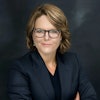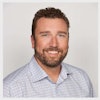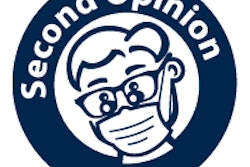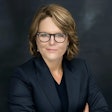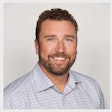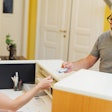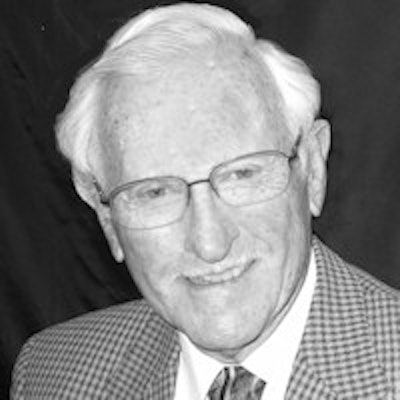
The recent Pew Charitable Trust report on expanding the dental team to increase access to dental care describes two programs, one in Alaska and the other in Minnesota, that utilize dental therapists. The Alaska and Minnesota dental therapists qualify as "expanding the dental team" because they are, in fact, a new type of provider added to the dental workforce.
 Jay W. Friedman, DDS, MPH.
Jay W. Friedman, DDS, MPH.A third program described in the report, the innovative Virtual Dental Home (VDH) in California, utilizes dental hygienists and remote supervising diagnostic dentists. The VDH does not expand the dental workforce. Rather, it places existing dental hygienists in schools, nursing homes, Head Start programs, and similar institutions who provide screening for dental problems, prophylaxis, topical fluorides, sealants, oral hygiene, diet counseling, and interim fillings (atraumatic restorative treatment or ART). The hygienists also take radiographs, which are transmitted by e-mail (teledentistry) along with their dental charting, for diagnosis by a dentist at a remote location -- the Virtual Dental Home -- via the Internet. The supervising dentist can then authorize the dental hygienist to perform treatment within her scope of practice or recommend referral to a dentist for more complex treatment.
Dental hygienists providing care, including ART, in these settings is a major contribution to these traditionally underserved populations. Paul Glassman, DDS, the head of the project, and the University of the Pacific Arthur A. Dugoni School of Dentistry deserve credit for demonstrating the effectiveness of school-based dental care for poor children and other neglected populations where they are essentially homebound. But the imposition of an intermediary diagnostic dentist increases the cost of the program and delays treatment by the dental hygienist, without evidence that referral to a dentist in this indirect way is more effective than direct referral by the hygienist.
“Until we have sufficient dental therapists, having hygienists provide basic care to these nonambulatory populations deserves our support. ”
These dental hygienists can provide all the treatment required for about 50% to 60% of the children in the school-based program, the value of which should not be minimized. However, the additional administrative costs of transferring records and paying a dentist for a reading of x-ray films and a treatment plan that would only have to be repeated by a treating dentist is hardly a substitute for school-based dental therapist program that can take care of the dental needs of almost all the children.
The VDH does not expand the dental team. It increases access for poor children only to the extent that it promotes school-based dental care. Until we have sufficient dental therapists, having hygienists provide basic care to these nonambulatory populations deserves our support. Dental hygienists and dental therapists should be able to communicate with supervising, collaborating dentists by means of the telephone and teledentistry, as needed. But this should not be an impediment to their providing care that does not require a dentist's intervention.
Jay W. Friedman, DDS, MPH, is based in Los Angeles, CA. He can be reached at [email protected].
The comments and observations expressed herein do not necessarily reflect the opinions of DrBicuspid.com, nor should they be construed as an endorsement or admonishment of any particular idea, vendor, or organization.
